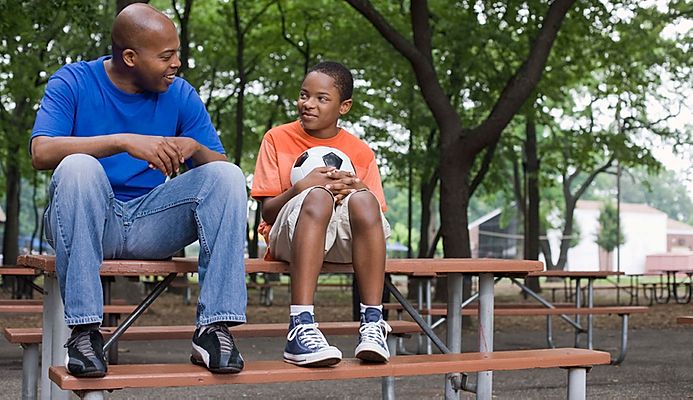Systems of Care - Community for Early Signs and Symptoms (SOC-CESS)
Systems of Care - Community for Early Signs and Symptoms (SOC-CESS) was a grant funded initiative designed for youth and their families. The goal was to utilize early intervention including youth and family psychoeducation, family support providers, youth peer support, clinical interventions, and to make policy changes to better work with youth at risk of psychosis.
- SOC-CESS Manuals
-
Primer for High Risk for Psychosis
Valuable Options and Information on Culture and Engagement - SOC-CESS Outcomes
-
96% of participating patients reported high satisfaction with services received. SOC-CESS services also increased school attendance, decreased juvenile justice involvement, strengthened support and engagement activities for families and greater overall independence.
Learn more: SOC-CESS System of Care: Community for Early Signs and Symptoms 2016-2020 Report
SOC-CESS Resources
- Psychosis Explained
-
The word psychosis is used to describe conditions that affect the mind, where there has been some loss of contact with reality. Psychosis often begins when a person is in his or her late teens to mid-twenties. Studies have shown that it's common for a person to have psychotic symptoms for more than a year before receiving treatment. Reducing this duration of untreated psychosis is critical because early treatment often means a better recovery.
Youth can experience a number of symptoms and be determined at risk for psychosis. These symptoms may include hearing or seeing things, being suspicious of others, difficulty concentrating, and other varying symptoms. However, it should be noted that early intervention has been proven to be helpful in decreasing the likelihood of youth having their first psychotic episode. The benefits of this are numerous but include less time spent in hospitals, more time in school, increased social functioning, and an increased chance of being able to maintain steady employment.
- National Institute of Mental Health - Understanding Psychosis
The National Institute of Mental Health has a great website containing general information regarding psychosis. What it is, who develops it, signs and symptoms, causes, and treatments.
PDF version: Understanding Psychosis
- The Community Resource Map & Sequential Intercept Model adapted for Children and Youth at Clinical High Risk for Psychosis
- National Institute of Mental Health - Understanding Psychosis
Webinars & Podcasts
Ep. 1: Welcome to SOC-CESS
Ep. 2: What is Psychosis?
Ep. 3: Youth Peer Support
Ep. 4: System of Care
Ep. 5: Trauma and Psychosis
Ep. 6: Juvenile Office and Youth
Ep. 7: Cultural Responsiveness
Ep. 8: Substance Use
Episode 9:
Episode 10:






